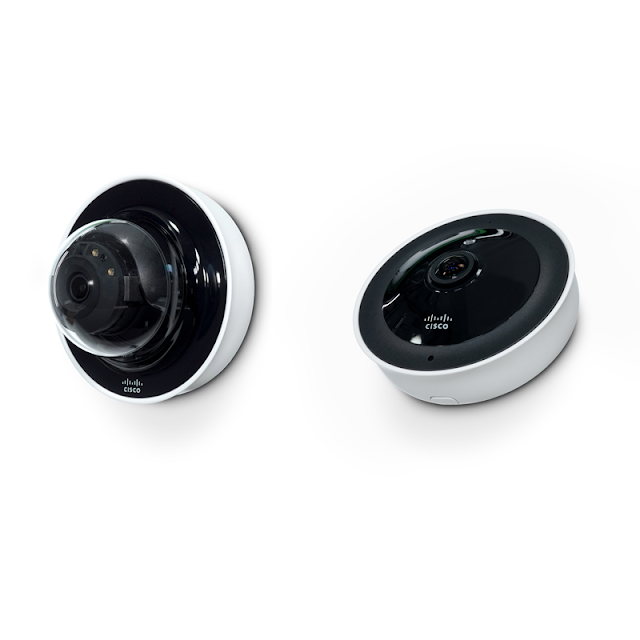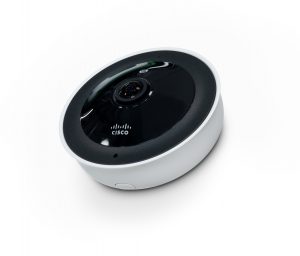Tuesday, 5 March 2024
Improved Area Monitoring with New Meraki Smart Cameras
Saturday, 30 December 2023
Webex Connect and a new digital experience
Multi-Channel Communication
Ease of Use
Live Agent Handover
Looking Ahead
Wednesday, 25 November 2020
Retail network segmentation landscape
For as long as I can remember, retailers have recognized the importance of segmentation. The perils of mixing transactional data with other types of network traffic are significant. Yet, many retailers have found that a lack of attention in this area results in the compromise of transactional or Personally Identifiable Information (PII).
The challenge becomes exponentially more complex as the use of technology expands:
The long-predicted explosion of Internet of Things (IoT) devices is finally here. As many businesses respond to unpredictable business circumstances, it has become increasingly important that they have near real-time operational data on their stores and distribution centers. What is the current occupancy of my store? Are my chillers, freezers and hot tables working properly? Where are my associates and customers? What is my current inventory-on-hand (and what’s on the inbound truck, and when will it be here)? These questions can all be answered using IoT sensors. It is worth noting though that IoT sensors are either limited, or single-function devices, and therefore are not always able to defend themselves. If left unprotected, these devices can present a tempting attack surface for threat actors.
Point of Sale may not always be a static location. We are seeing more retailers shun the traditional fixed point of sale and adopt mobile devices. In some cases the POS may still be at a lane or cash wrap, but it may also be used for line busting, curbside pickup, home delivery, and for omni-channel returns. These additional use cases shift the emphasis from dedicated payment terminals that communicate directly with a payment processor, to multifunction devices sitting on the wireless network.
Guest wireless is now table stakes – customers expect to be able to send and receive text and email, access their shopping lists, or showroom their impending purchase to ensure they are getting the best price. A robust wireless network will not only be an expectation going forward, but a necessity to support associate efficiency and customer needs. With the advent of 5G networks, any communication that happens in the store via a mobile device needs to happen over the store wireless network, because 5G signals are unlikely to penetrate the structure of the building. Voice and data will cease when customers enter the store, unless the device can seamlessly roam onto the store network. That network will need the resilience and capacity to handle that traffic. Customers who cannot continue their conversations or access their data while in the store are likely to “vote with their feet” and shop elsewhere. In much the same way as guests now judge hotels by how fast and reliable the internet service is in their rooms, connectivity will be paramount for consumers and guests alike.
Monday, 30 March 2020
Navigating supply chain disruptions for agile retail
◉ Information and communication Real-time insight around product availability levels is especially important, as the continuous flow of updates requires up-to-the-minute inventory management. Retailers that can leverage a unified communication platform to support timely product information is key for all workers across the distribution center, to the customer service centers, to those managing stock in stores, and newly remote workers supporting retail operations from home. For broader internal communications, collaboration and video conferencing enables retailers to ensure alignment around priorities and company strategy. Ramping up additional licenses to scale efforts aimed at helping organizations move as a unit has become top of mind as well.
◉ A whole new network A timely approach to setting up virtual firewalls is another beneficial move for retailers. A newly mobile workforce that can leverage a VPN connection allows workers to more effectively help customers in their online purchase journey while keeping transactional data secure. That in mind, threat detection and protection for an increasingly remote workforce is the best way to not only protect customer information but, to keep integrated retail systems secure as well across the network.
◉ Lock down on secure data Increased online presence for shoppers who are no longer visiting physical stores means online retail platforms may have to support a higher volume of traffic. An agile IT infrastructure and the right data storage for your network can up-level digital capabilities to grow that ecommerce channel and improve overall customer sentiment.
◉ Unified commerce The right contact center solution can help get customers the answers to their delivery or pickup questions more quickly, and location awareness can speed up the pickup process. From an omni-channel perspective, direct to consumer communication such as click to chat features can improve that customer experience and awareness around their order. This simply pushes the envelope around click-and-collect fulfillment methods that the industry has seen consumers gravitate to for years. What was a convenience has just become more of a necessity. Retailers that can support unified commerce are able to remain fluid during dynamic and uncertain times, as the consumer behaviors continue to evolve.













